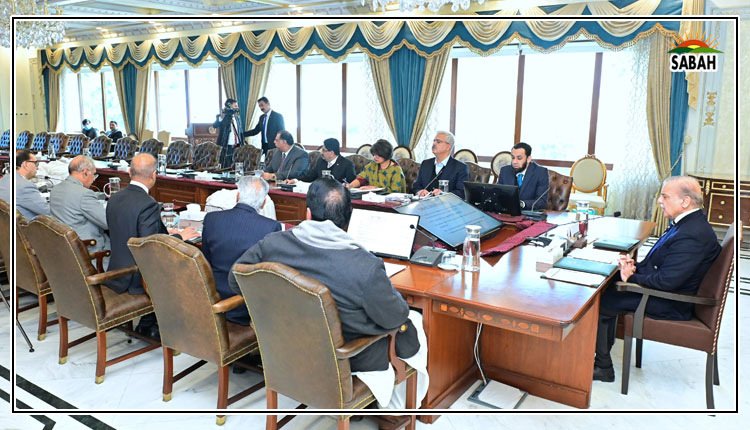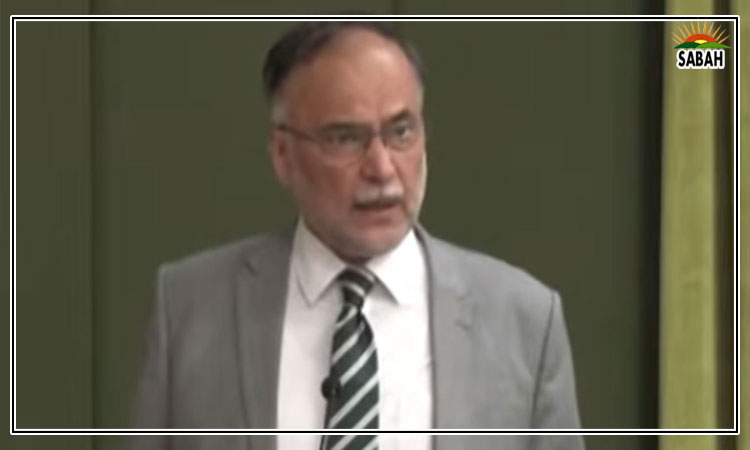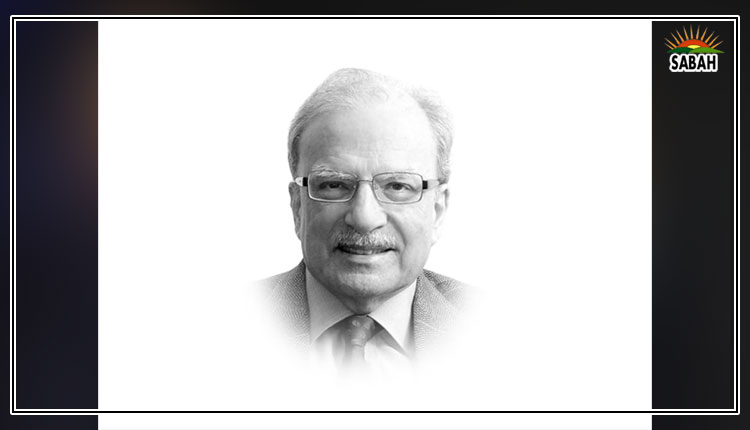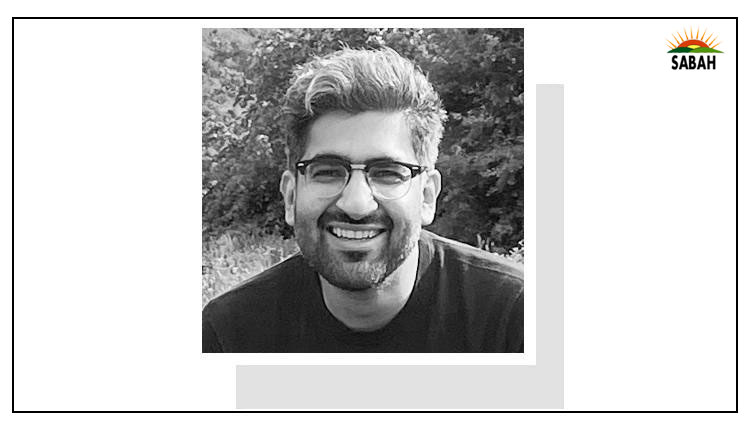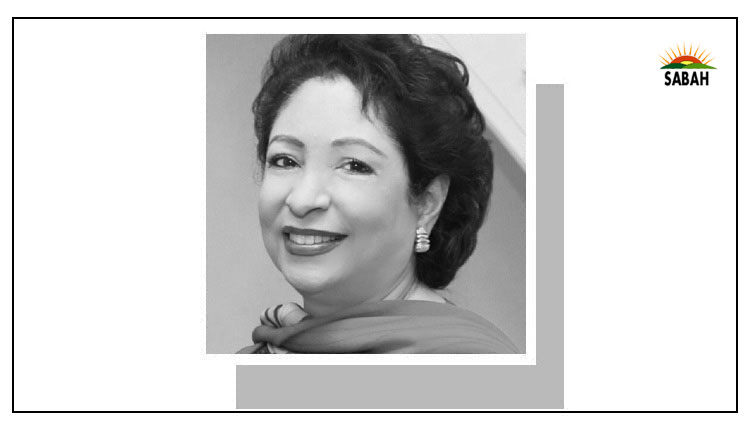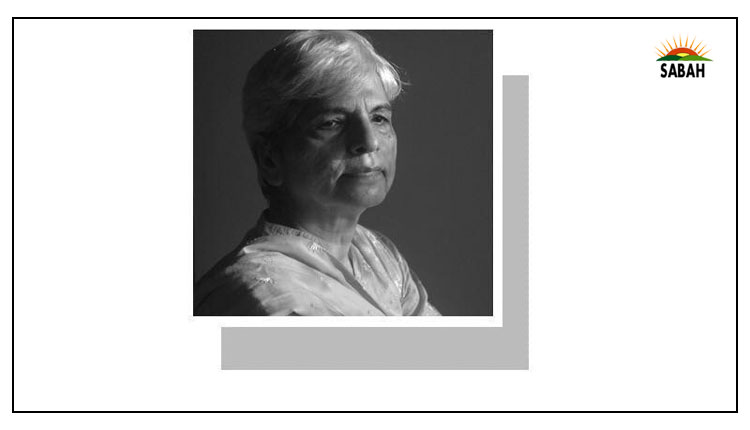Modern slavery?…Zubeida Mustafa
ON April 16, 2022, a teenager in Karachi stepped out of her home early in the morning to throw garbage in the public bin nearby. She never returned home that day. According to reports based on court and police proceedings, she was abducted by a young man and his companions from Lahore. A horrible experience awaited her.
The saga of the unfortunate girl must be quite familiar to those who followed the case. For others, I can sum it up in a few lines. She was allegedly seized forcibly by a young man called Zaheer, and taken to Lahore where a marriage was enacted, as claimed by the accused. Legal wrangling and police inaction slowed the case proceedings for over three months. During this period, she visited Karachi for a day on court orders, the Karachi police issued an interim challan levelling charges of abduction, rape and forced marriage against Zaheer, and a disputed medical examination of the girl was conducted in Lahore to determine her age.
Ultimately, the Sindh Police managed to bring her back to Karachi, where she was admitted to a child protection centre and assessed psychologically. Tests put her age somewhere around 15 to 16 years. Another five months of court proceedings finally led to her being handed over to her family in January after the magistrate ascertained her willingness to return home.
The social media and the so-called YouTubers kept public interest in the case alive by sustaining a parallel conversation. Its positive outcome has been a growing awareness of the curse of trafficking which is now recognised under international law as the recruitment, transportation, transfer, harbouring or receipt of persons by means of a threat or use of force or fraud [or] deception for forms of exploitation.
Hopefully, people will also learn about the dignity of a child and the magnitude of the crime committed against children in Pakistan. The most victimised are the children of the poor, who do not have awareness and the kind of legal aid provided to the girl in question. If the case has sensitised society to the needs of the child rich or poor something more will have been achieved than the release of a teenager.
For this, we have to thank the girls father, who refused to accept an out-of-court settlement when it was offered, saying that he was acting for the many other trafficked girls in the country.
The fact is that this girls case is not unique, horrendous though it is. She was only one of the thousands (in 2021, the number was around 17,000, according to the Trafficking in Persons Report issued by the US secretary of state in July 2022) females to be picked up for unspecified exploitation in the Islamic Republic of Pakistan. What has drawn public attention is the role of her defence counsel, Jibran Nasir, whose knowledge of the law, courage and resolve has made it so prominent. He is fighting the case pro bono, and if he finally succeeds in getting the alleged traffickers convicted, it would be a red letter day for decency in Pakistan.
A quick reading of the US reports section on Pakistan is an eye-opener and gives an idea of the magnitude of the task Jibran Nasir has taken on.
The report places Pakistan in Tier 2 because it does not fully meet the minimum standards for the elimination of trafficking The main criteria used to judge a governments performance are the number of investigations and prosecutions under the 2018 Prevention of Trafficking in Persons Act (PTPA) and convictions.
Worse is the charge that victim identification remained inadequate; and for a third year, the government did not take adequate action against credible reports of official complicity in trafficking. There are reports of victims being re-victimised soon after rescue, and corruption continued to hinder anti-trafficking efforts.
The number of victims is quite ambivalently quoted. The 2022 report (reporting year 2021) gives the total number of female trafficking victims (for sex and unspecified exploitation) as approximately 17,000, constituting an overwhelming majority of the total trafficked people (21,253). Of this humungous number of cases, only 130 were investigated, 39 prosecuted and no one was convicted. The pattern has remained unchanged year after year.
Here, a mention should be made of the HRCPs excellent report titled Modern Slavery: Trafficking of Women and Girls in Pakistan released in February 2022. It analyses the problem in a holistic context. This report describes trafficking as gendered business and confirms the double burden of women when it writes, The trafficking of women and girls for sexual exploitation is one of the most prevalent forms of trafficking in Pakistan. A significant number of women taken as bonded labour in agriculture and micro-enterprises suffer sexual abuse.
Courtesy Dawn


